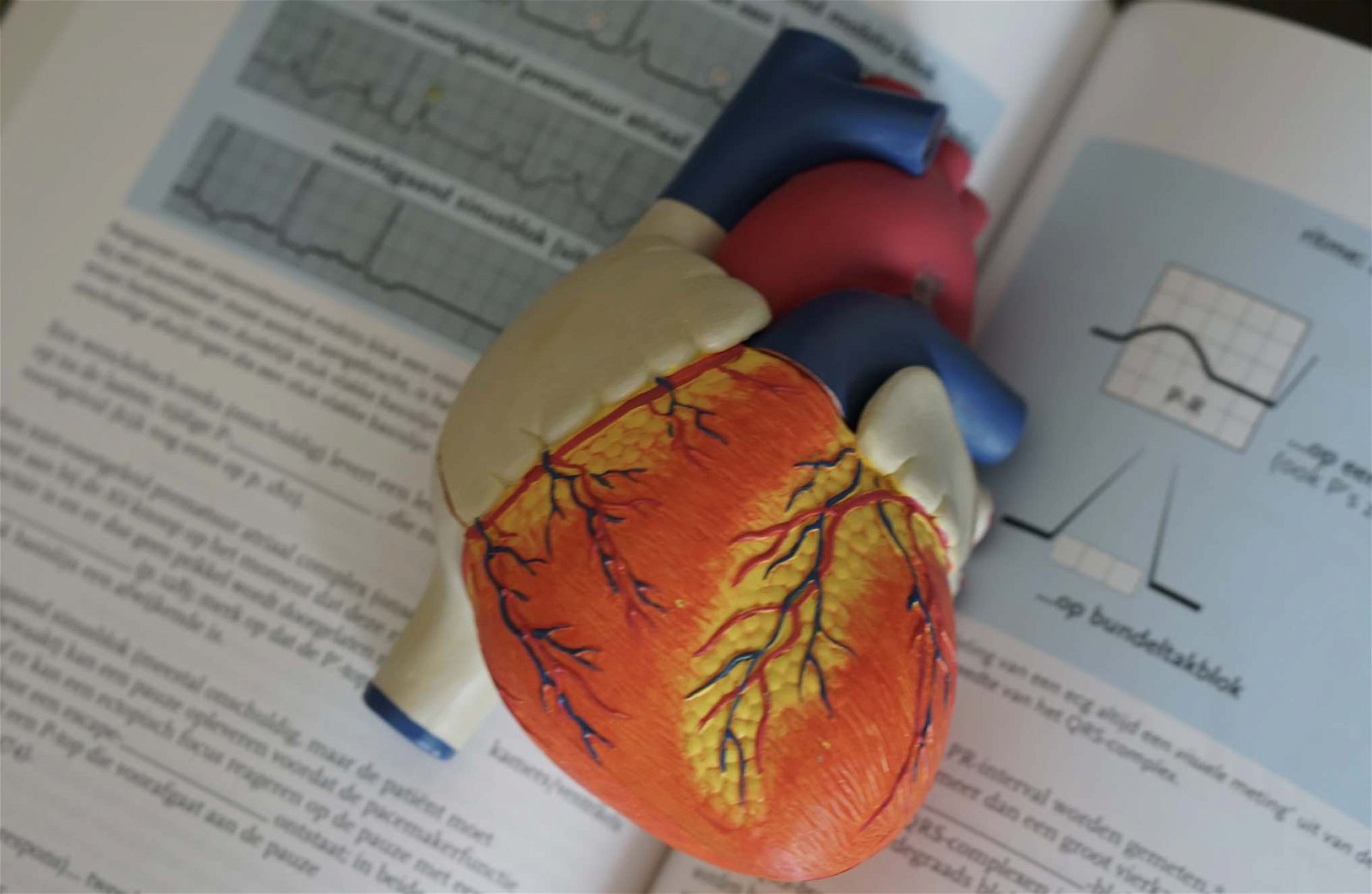Researchers from the Wyss Institute for Biologically Inspired Engineering at Harvard University report the successful testing of a so-called suspended animation drug that could potentially save millions of lives by mimicking the metabolic-reducing benefits of hibernation.
Dubbed SNC80, the existing drug not only shows the ability to extend the viability times of transplant organs but may ultimately be used to put patients into a form of suspended animation immediately following a traumatic injury or even during extended space travel.
Organ Transplants and Trauma Survival Limited by Rapid Cellular Decay
While tens of thousands of people receive organ transplants every year, many of the most valuable are dramatically limited by the rapid decay of cells within donor organs. For example, a donor’s heart is typically viable for a few hours after harvesting, meaning any would-be recipient needs to be located close enough to receive the organ.
“Heart transplants are currently hindered by donor shortage, the limited amount of time you can preserve heart tissue for, and the lack of optimal preservation conditions,” explained lead author Megan Sperry, a Research Fellow at the Wyss Institute for Biologically Inspired Engineering at Harvard University, Boston, US. “This means hearts can only be allocated to people who are within four hours’ travel time from the donor.”
Currently, the best defense against the natural biochemical and metabolic activities that cause this rapid cellular decay involves dropping the temperature of donor organs and tissue close to freezing. Unfortunately, hearts and other organs stored at such cold temperatures tend to end up with damaged cells if kept cold for too long, limiting the effectiveness of this treatment.
Hoping to significantly expand this time window without the associated cellular damage caused by temperature reduction, a team of Harvard-based researchers decided to look for a pharmaceutical solution.
“There remains a large unmet need for improved tissue and organ preservation approaches for multiple clinical applications,” said Sperry. “In this study, we set out to identify potential drugs that could slow down metabolism and mimic states normally induced by hypothermia or hibernation.”
Finding the ‘Magical” Suspended Animation Drug
Before beginning the hunt, Sperry and colleagues set a few parameters. First, they needed an approach that was “inducible in less than an hour.” Second, the approach needed to be reversible enough that major tissue functions could be returned within 24 hours.
Following a detailed survey of the scientific literature for drugs that had shown unintended effects like the lowering of body temperature, the team soon landed on a compound known simply as SNC80. Developed as a non-addictive pain killer that taps into the delta opioid pathway, SNC80 had reportedly caused a rapid reduction in metabolic processes, resulting in chemically-induced hypothermia and other indicators of a slowed metabolism.
In a previous trial, the suspended animation drug had also been shown to reduce the metabolic activity of tadpoles and rapidly reduce their swimming rates by 50%. The effects of the drug wore off within 24 hours without any residual damage. By meeting these main qualifications, the Harvard team decided to see if it could do the same for transplant organs.
“We wanted to see if SNC80 could induce biostasis in the heart,” said Sperry, “which could ultimately lengthen the time between organ donation and recipient surgery.”
To test this theory, the researchers teamed up with Vascular Perfusion Solutions to see if they could use SNC80 to preserve a pig’s heart for up to six hours without any permanent damage. This involved keeping the heart in a portable oxygenated storage device that maintained an internal temperature of 20–23°C. This temperature is below body temperature but well above freezing, meaning it would not induce hypothermia.
As hoped, the trial proved a success. SNC80 not only caused a rapid decline in the heart’s metabolic function, including a 50% reduction in oxygen consumption, but these effects lasted for the entire six-hour trial. Equally significant, once the researchers restored blood flow and restarted the heart with a defibrillator, the organ returned to normal oxygen consumption levels and pulse rates.
“Our findings demonstrate that SNC80 can be used to induce biostasis and produce a hypometabolic state which, in combination with a self-contained transport system, could potentially increase organ viability outside the body for sustained time periods,” explained senior author Donald Ingber, Founding Director of the Wyss Institute for Biologically Inspired Engineering at Harvard University.
Drug Could Improve Trauma Survival Including During Space Travel
With their results published in the journal eLife, the research team behind the successful tests of the suspended animation drug SNC80 says there is still more work to be done before something like it can be used in clinical settings.
First, SNC80 had major side effects in previous clinical trials, including inducing seizures, essentially halting its development. The researchers note that there is some belief that these seizures were related to the drug’s opioid activity, so they have created a non-opioid analog called WB3, which will be used in future testing.
As for more wide-reaching applications beyond preserving organs for transplant, the researchers believe a suspended animation drug like SNC80 could be used on living patients who are in extreme medical situations like trauma or acute infection that could benefit from a rapid reduction of metabolic processes.
“The ability to induce a reversible, suspended-animation-type state rapidly through injection at the point of care could enable new therapeutic approaches to slow the effects of trauma and acute infection, increasing survival in a number of settings – from military and space exploration to civilian health emergencies such as road traffic accidents or limiting damage from stroke,” Ingber explained.
Christopher Plain is a Science Fiction and Fantasy novelist and Head Science Writer at The Debrief. Follow and connect with him on X, learn about his books at plainfiction.com, or email him directly at christopher@thedebrief.org.

